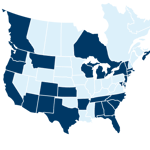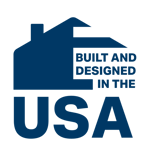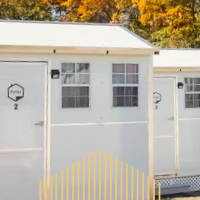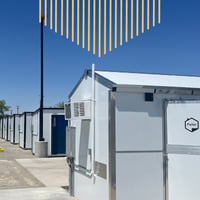Your Step-by-Step Guide to HUD’s New NOFO
Understand the new funding opportunity—and position your community to act quickly and effectively.
HUD’s latest Notice of Funding Opportunity (NOFO) has been released, with approximately $4 billion available to expand interim and recovery-focused shelter programs. Applicants have until January 14th, 2026 to apply electronically.
Pallet’s NOFO Guide breaks down what’s new, who’s eligible, and how to strengthen your application to align with current federal priorities.
With hundreds of successful non-congregate shelter villages built nationwide, no one has more experience than Pallet in helping communities secure funding, navigate land use, and launch proven solutions for people experiencing homelessness.
Ready to talk to our team now? Schedule time with our Community Development experts today.
The First Name in Non-Congregate Shelter Solutions
Pallet isn’t the only company building interim shelters—but we’re the most experienced. With hundreds of successful villages across North America, we lead the way in creating safe, service-connected communities that help people stabilize and move toward permanent housing.

Cost-Effectiveness
Pallet offers one of the most cost-efficient shelter solutions available. While others may hide true costs behind per-bed pricing or incomplete estimates, we’re transparent from start to finish. Our competitive pricing and site-planning expertise help communities avoid hidden expenses and maximize every dollar with durable, reusable shelters that deliver lasting value.

Unrivaled Experience

Unrivaled Experience

Rapid Production & Deployment
Village Case Studies

Supportive Reentry

Pathway to Recovery

Campus Medical Model



